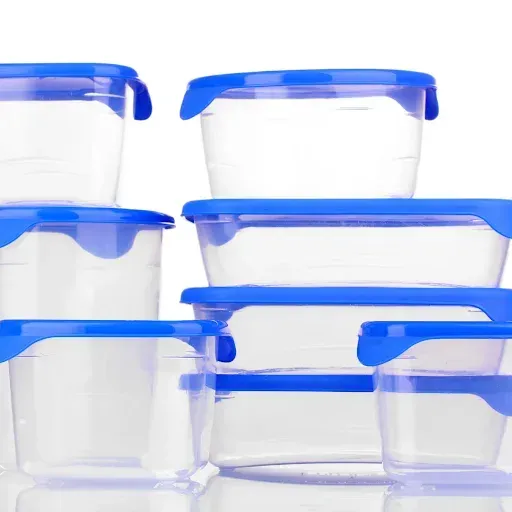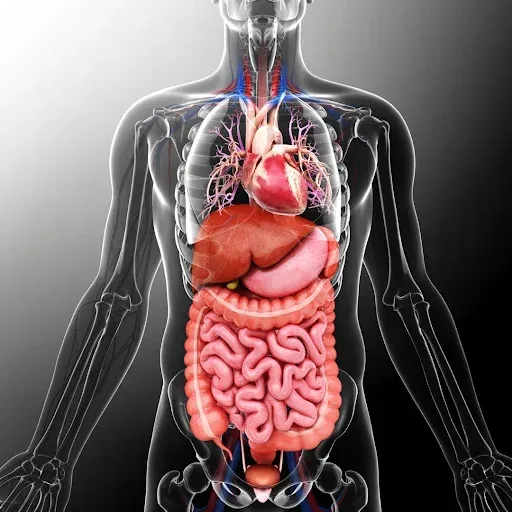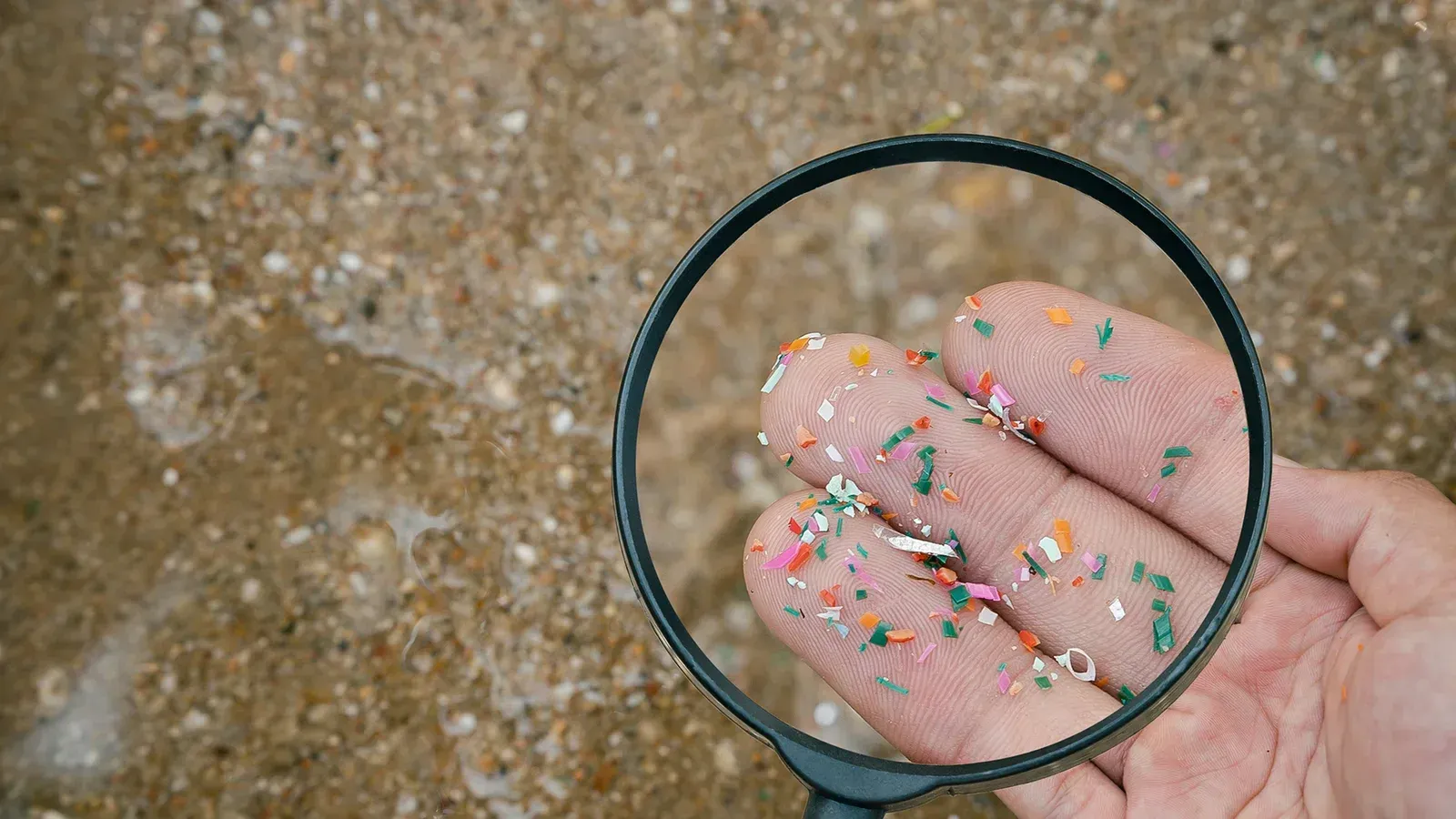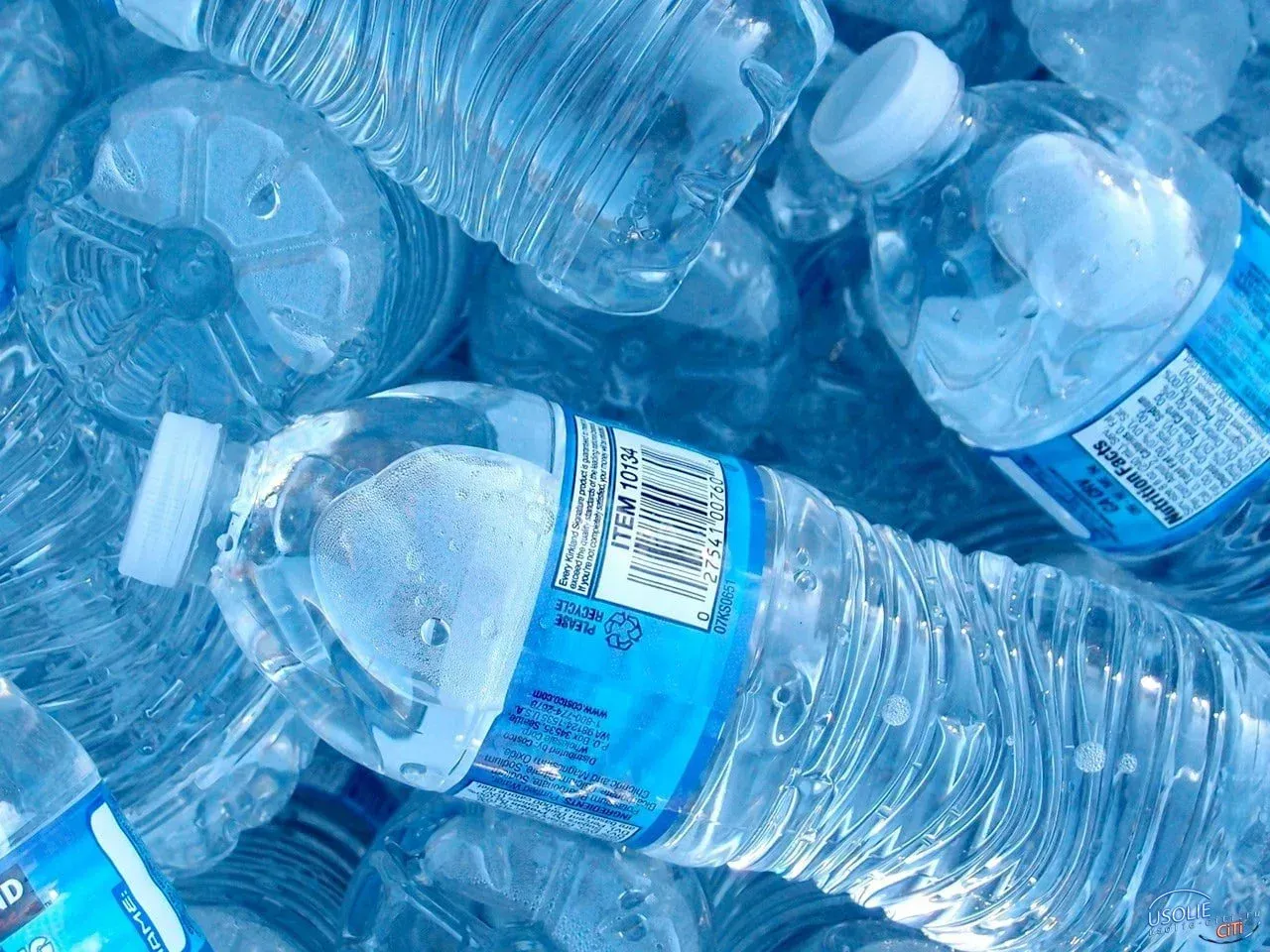Microplastics in Your Body: What You Need to Know and How to Reduce Exposure
Affiliate Disclosure: This article contains affiliate links. If you purchase a product through these links, we may earn a small commission at no extra cost to you. Check out our complete Replace Plastics Top Picks for more eco-friendly alternatives.
Have you ever wondered how tiny plastic fragments might be affecting your health? Microplastics are everywhere—from the air you breathe to the water you drink—and recent research shows they can even accumulate in our bodies. In this post, we’ll explain what microplastics are, explore the potential health risks they bring, and offer actionable tips to help you reduce your exposure. Plus, we’ll point you to products and solutions that can make a real difference in your daily life.
So, What Are Microplastics?
Microplastics are tiny plastic fragments—less than 5 millimeters in size—that originate from the breakdown of larger plastic products or are manufactured at a microscopic scale (such as microbeads in some personal care products). Because plastics are not naturally biodegradable, these particles persist in the environment and can accumulate in our bodies. Recent studies have even detected microplastics in human tissues, raising concerns about long‑term exposure and potential health effects.
Health Risks Associated with Microplastic Exposure
When microplastics enter the body—whether by ingestion or inhalation—they can bring along a host of harmful chemicals. Here are some of the key concerns:
- Chemical Carriers:
Microplastics can attract chemicals such as BPA, phthalates, and heavy metals. These substances are known endocrine disruptors, which means they can interfere with hormonal balance and may contribute to various health issues, including metabolic and reproductive disorders. - Inflammation and Cellular Stress:
Research suggests that microplastics may cause inflammation and oxidative stress at the cellular level. Over time, this stress can contribute to a range of health problems, including digestive disorders and impaired immune function. - Bioaccumulation:
Studies are beginning to show that microplastics can accumulate in our tissues, including the brain, potentially crossing the blood‑brain barrier. Although the full impact is still under investigation, this bioaccumulation raises concerns about chronic exposure.
For a deeper dive into the science, check out our resource page featuring the latest studies and expert insights.
Biggest Sources of Microplastic Exposure
Microplastics are not confined to one area of our lives—they’re a part of our everyday environment. Some of the biggest sources include:
- Bottled Water and Food Packaging:
Many studies have found higher levels of microplastics in bottled water compared to tap water. Food packaging, especially plastics used in disposable containers and wraps, also contributes to the problem. - Household Dust:
Everyday dust in your home can contain microfibers from synthetic fabrics, which shed during washing. - Clothing:
Synthetic fibers, like those in polyester and nylon, shed microplastics every time you wash them, adding to water pollution and eventually entering our bodies. - Personal Care Products:
Some cosmetics and skincare products intentionally contain microbeads for exfoliation, which can end up in our water systems and food chain.
Understanding these sources is the first step toward reducing your overall exposure.
Practical Steps to Reduce Microplastic Exposure
Reducing microplastic exposure may sound overwhelming, but small changes can make a big difference. Here are some actionable tips:
1. Switch to Reusable Alternatives
- Drink Filtered Water:
Use a high‑quality water filter (reverse osmosis is highly effective) to reduce microplastics in your drinking water. - Avoid Single‑Use Plastics:
Choose glass or stainless steel containers for food storage and opt for reusable bags.
2. Choose Natural Fibers
- Clothing:
Opt for natural fabrics like cotton, linen, or wool to minimize microfiber shedding during washes. - Bedding and Home Textiles:
Choose eco‑friendly options that don’t release synthetic fibers.
3. Be Mindful of Personal Care Products
- Check Labels:
Avoid products containing polyethylene (PE) or polypropylene (PP) if you’re concerned about microplastics. - Seek Alternatives:
Look for products that use natural exfoliants instead of plastic microbeads.
4. Support Your Body’s Detox Pathways
- Eat a Fiber‑Rich Diet:
Fiber can help bind toxins and support digestive health. - Antioxidants and Hydration:
Incorporate plenty of fruits, vegetables, and water into your diet to help your body fight oxidative stress. - Regular Exercise and Sauna Sessions:
These can promote circulation and aid in the removal of toxins from your body.
Conclusion
Microplastics are an emerging concern that affects all of us, even if we can’t see them. By understanding what they are and where they come from, you can take proactive steps to reduce your exposure and support your body’s natural detox processes. Whether it’s switching to eco‑friendly products, filtering your water, or choosing natural fibers, every small change contributes to a healthier you and a cleaner planet.
For more tips and product recommendations to help you make the switch, be sure to visit our
Replace Plastic Top Picks page. Remember, informed choices in our daily lives can lead to big improvements in both personal health and environmental sustainability.














